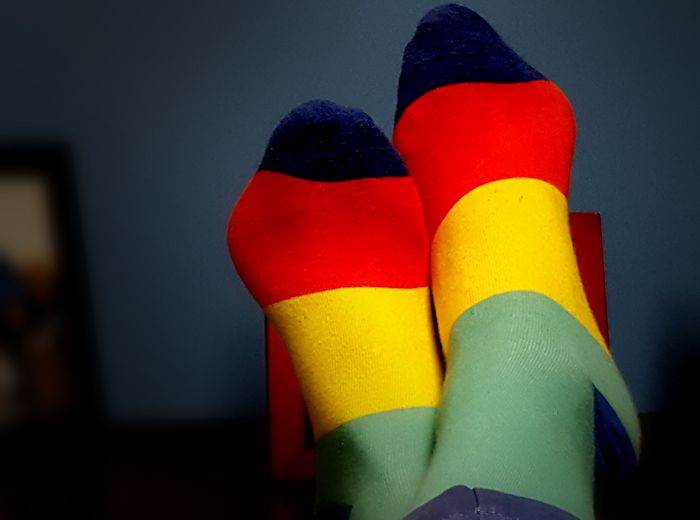Optimized images: an essential part of marketing training
For-profit training programs must rely on word-of-mouth, customer referrals, and paid promotions to fill seats. But making sure your training opportunities show up near the top of search results is also a big part of it—particularly since doing it right doesn’t have to cost much—or anything. Though it may not seem that important, optimized images used in promoting training opportunities are powerful tool.
Image searches account for a significant portion of overall search activity on Google, which represents the biggest chunk of web search activity. Through image optimization, you can do the seemingly insignificant things to get your images ranked high in Google image searches. Optimization also means reducing image file size e as much as possible without sacrificing image quality.
Image optimization may sound more difficult than it is. In fact, it’s not at all difficult. If you already know what words and phrases potential trainees are going to type into a search field, you are half way there.
Make the right choice
If you are familiar with common image types such as .jpg, .gif, and .png, you’re not alone if you’re unsure why they’re different. Here’s a great illustration why you might want to choose one over another depending on the situation.
Make it the right size
Don’t assume an image, if it looks tiny on screen, is that small. Because size is more about the heft of the image than its appearance. The file could be as big as Mount Everest, which means it will take too long to load. If your images take more than three seconds to load, web browsers (the human kind) will lose patience and move on to the next option. If your file size is less than one gigabyte, you should be OK in most cases. Test how quickly pages load before making them live.

Give it the right name
If you take a picture and then download it to your computer, the file name will be something like image1001.jpg. Let’s say you want to promote a training class called How to Rock Striped Socks. You would presumably include photos of people rocking striped socks. If someone searches for images of someone rocking striped socks, your image has much better chance of appearing high in search results if you use those keywords, such as rocking-striped-socks.jpg.
Use the right text
The alt text field has two important uses. First, it’s important for seeing-impaired persons, who use screen readers and may be a significant part of your potential training audience. Screen readers describe what an image is, assuming the alt text field is used correctly. Beyond that, the alt text field helps further optimize search results. Include a keyword to further strengthen the alt text phrase like stylish person with great fashion sense rocking amazing striped socks.
If you have idea to share on using optimized images to market a training program, or if you want more information about learning management software, please contact us here.
